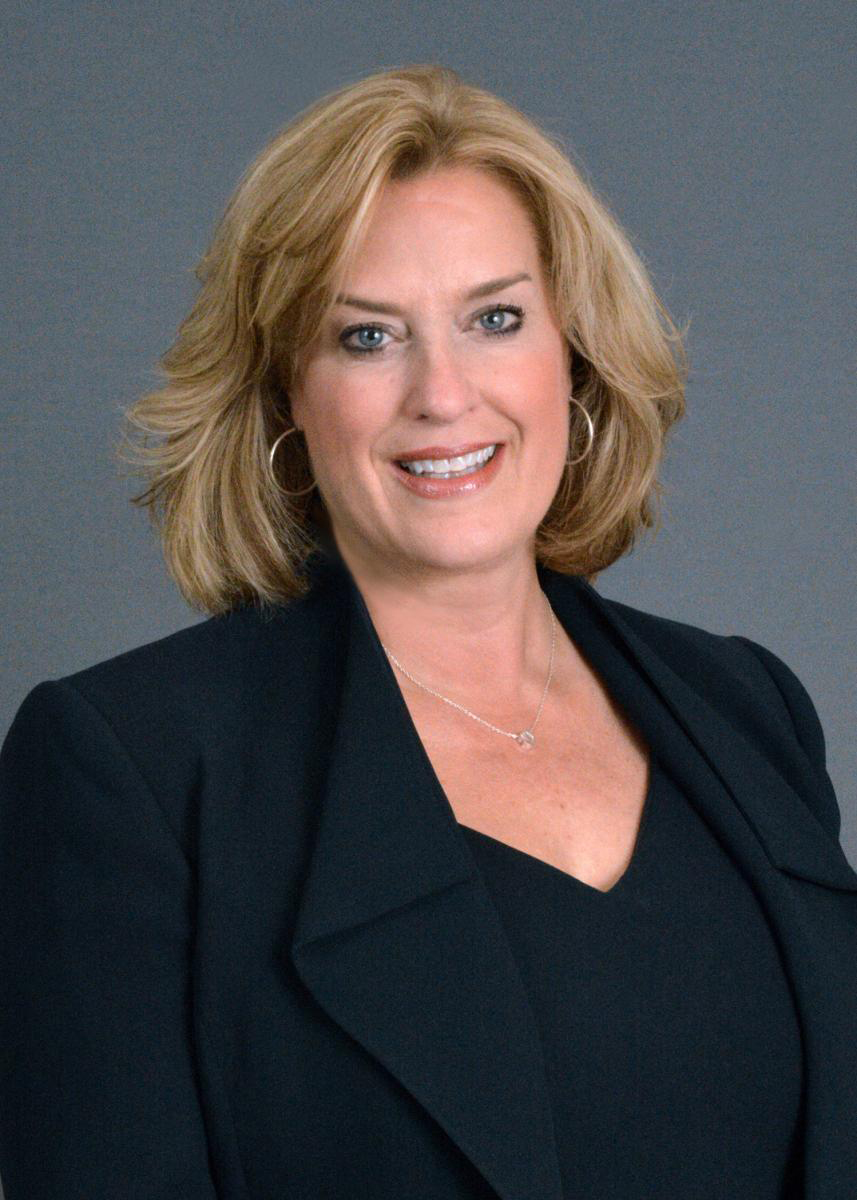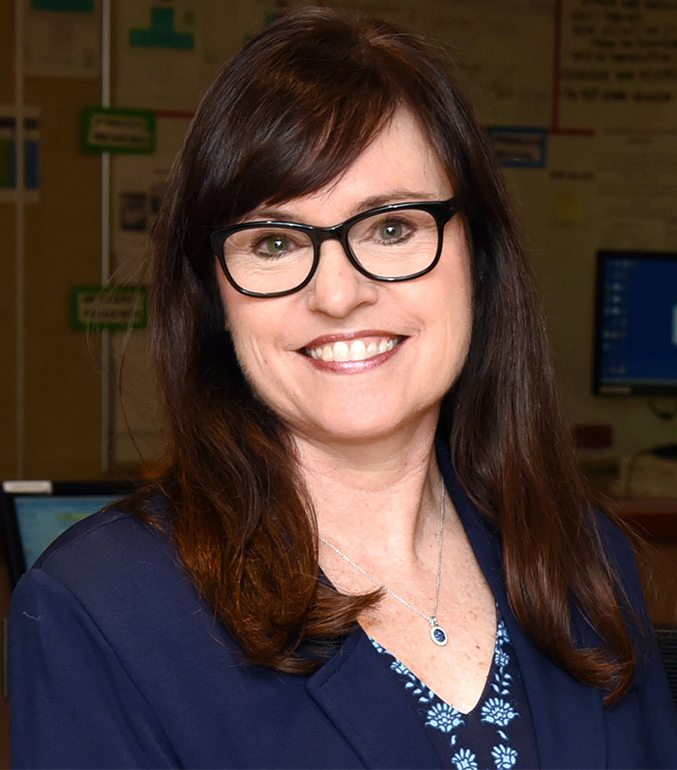Many in the industry say the U.S. health care system has been struggling with a shortage of registered nurses (RNs) for decades. In one survey, nearly a quarter of hospitals reported current vacancy rates higher than 10%. Some long-term projections have predicted shortages of between 500,000 and 1 million nurses in the next decade; other sources note that the situation varies by region, with a surplus of nurses expected in most states…by 2030.
However, when you’re a patient in a hospital bed, numbers and long-term projections are not meaningful; what is meaningful is that nurses spend more time with you than any other health care provider.
“Nurses are on the frontlines, making decisions about patient care and relaying vital information back to the entire care team,” says Claire Zangerle, Chief Nurse Executive of Allegheny Health Network (AHN). “The nurse serves in many capacities, including as the patient’s voice — the advocate. There is no health care without nurses.”
A nursing shortage has ripple effects across the entire industry, and impacts the ability to provide a remarkable patient experience. So, in response, AHN’s nursing leadership is taking proactive steps to give AHN’s existing nurses the support they need to continue in their professions, find innovative ways to attract new people to nursing careers, and look for nurses in non-traditional places.

Claire Zangerle, Chief Nurse Executive for Allegheny Health Network (AHN).
The nurse staffing challenge comes from both directions. On the demand side, an aging population and changes in how health care is delivered mean that more nurses are needed not only in hospitals, but in post-acute, ambulatory and home care settings as well.
Simultaneously, other factors are reducing the number of nurses entering and remaining in the workforce. One that doesn’t always get attention is a lack of capacity in nursing schools due in part to not having enough instructors. Zangerle explains that nursing instructors are not compensated competitively in comparison to nurses in other capacities, so it can be hard for a nurse to make the shift to teaching. The insufficient number of instructors then reduces school capacity and can lead to prohibitive waiting lists for nursing students.
“These days, there are unlimited opportunities in the workforce, so there is less motivation for someone if they have to ‘wait for their spot’ to get into nursing school,” she says.
The physical, mental and emotional demands of nursing can also make long-term retention a challenge. When Zangerle says nurses are on the “frontlines” of health care, it’s an apt metaphor — they are often the most visible and most relied-upon caregivers during a patient’s health struggles, which may be life or death.
“It’s not for the faint of heart,” Zangerle says. “Even if you work three 12-hour shifts, Monday, Wednesday, and Friday, you spend Tuesday, Thursday, and Saturday recovering.”
A recent Health Leaders Media article cites the RN Work Project, a 10-year study that found that “17% of newly licensed RNs leave their first nursing job within the first year, 33% leave within two years, and 60% leave within eight years.” The same article references a Press Ganey study finding that “21% of nurses planned to leave their current jobs within one year.”
All of which reinforces the importance of Zangerle’s goal to make AHN “a destination for nursing practice. We want nurses within our region and beyond to know that this is a place for them.”

Claire Zangerle, Chief Nursing Executive at AHN, points out that, “Nurses are on the frontlines, making decisions about patient care and relaying vital information back to the entire care team.”
When it comes to nurse recruitment and retention, Zangerle says you start with the basics.
“First, we ensure we market competitively in terms of compensation and benefits — check. Second, we must ensure we are supporting a nurse’s professional development, such as clinical advancement and tuition reimbursement — check,” she says.
She adds that education and development are must-haves, because health care is constantly changing. Nurses and other medical professionals must keep up — and much of what they can do for professional growth has compensation tied to it.
“Nurses want to be the best they can be,” says Zangerle. “That’s why part of our recruitment strategy is offering people the opportunity to seek professional advancement through the clinical ladder program.”
Acknowledging that fair compensation, tuition reimbursement, and professional development are often mirrored by other health networks in response to the nursing shortage, she says that AHN’s unique calling card is its culture of empowerment.
“Nurses are decision-makers,” she says, “and we recognize them as such. It’s not just them taking orders from physicians, residents, or fellows. This is a collaborative environment, and no single member of the team is more important than another.”
This kind of culture is understandably attractive to nurses who, historically, have been given less authority and autonomy than physicians and administrators. Zangerle says she wants nurses to know that at AHN, they have her full support.
“I work for my team, they don’t work for me,” she says. “I advocate for each and every nurse in this organization — that is my honor, every day. Every nurse leader at AHN knows they are here to ensure the best patient care is delivered by leading and supporting all nurses. I genuinely believe that attitude sets us apart from our competitors.”

Marge DiCuccio, Chief Nursing Officer at AHN Allegheny General Hospital.
At AHN and throughout the Highmark Health enterprise, a commitment to supporting the nursing profession and being a great place for nurses to work has led to the creation of a number of programs. Let’s look at a few examples.
Highmark’s health plan business, the Highmark Foundation, the Community College of Allegheny County (CCAC), and AHN’s Allegheny General Hospital (AGH) all have a role in a pilot Nursing Grant Program launched in 2019.
Grant money provided by Highmark will help residents of Pittsburgh’s North Side pursue the opportunity to attend nursing school or become nursing assistants. In addition to being a Highmark community investment that addresses the achievement and employment gap caused by socioeconomic discrepancies, family and social issues, the program is also a boost for AGH recruitment, increasing the number and diversity of nurses from the hospital’s surrounding neighborhood.
Marge DiCuccio, Chief Nursing Officer of AGH, says that having a diverse workforce that matches the diversity of the patient population can improve outcomes — both in a patient’s personal experience and clinical care — due to better understanding, trust, and communication.
Students selected for the registered nurse program will be trained at CCAC and clinically rotate at AGH. Upon acceptance, they will be assigned a retention coordinator who can help them stay on track and address any obstacles like access to childcare or transportation.
Upon graduation, students will be employed at AGH with a two-year commitment. DiCuccio points out that this has an added bonus for both the individual and AHN: Since they trained at AGH, they will already be in the system and have learned processes that normally have to be taught during onboarding and orientation.
In 2018, AHN launched RetuRN to Practice™. The program — including a 12-week refresher course offered in collaboration with the University of Delaware — is designed for nurses who have left practice but want to return under terms that better suit their lifestyle and schedule. The individualized refresher course can be completed entirely online, while clinical work can be done in an AHN facility.
“The original idea came about when I was out with friends — all formerly nurses — celebrating a new position I had taken,” Zangerle says. “Half-joking, they said they would come back and work for me without benefits and at a lower hourly rate if I gave them realistic hours. These are women who love nursing but chose not to work anymore because they were taking care of aging parents or wanted to get their kids on and off the bus.”
There are a range of reasons a nurse might leave the field temporarily or indefinitely, but many come down to not being able to maintain the rigorous schedule of typical nursing shifts. Zangerle sees this as a systemic waste of nursing experience and talent — why not find solutions that help more nurses to stay in, or return to, the profession?
“At AHN, we challenged each other with a question,” she says. “When is there ever a time when we couldn’t use an extra pair of hands, either to take care of patients, educate, or help with discharge and admission? The answer was: There is not a single minute of the day we couldn’t use help.”
RetuRN to Practice is designed to bring that extra help into the system by connecting nurses with opportunities where, to a large extent, they have the freedom to create and manage their own schedule.

Inside and outside the classroom, some of the most important investments and programs focus on helping a new generation of nurses to enter the profession.
To fill vacant nursing positions and introduce more diversity into the organization, AHN also works with Shearwater Health on a global nurse recruiting program. In the span of a year, Zangerle says they’ve added more than 100 international nurses, all on a three-year contract. About 60% of nurses have brought family members with them, and when possible, AHN employs those individuals as nursing assistants, housekeepers, dietary workers, and in other positions.
“These international nurses are highly skilled,” she says. “They’re looking to come to the U.S. to practice at a higher level, for higher pay, and with more access to advancement opportunities.”
AHN goes above and beyond to make the international nurses feel welcome and adjust to their new home. Shearwater brings nurses over in groups, and AHN meets them at the Pittsburgh airport and welcomes them to the city. The international nurses already have housing arranged, but AHN will also help them with shopping and transportation needs, and generally show them around the community. At work, they are assigned a mentor to assist with onboarding.
Zangerle says that the program has been so successful that international nurses are now requesting to come to Pittsburgh.
“First and foremost, we offer spots to eligible students,” she emphasizes. “But there is a greater need than we can fill locally, and international nurses are helping us address that. I am also hoping that as AHN ramps up our new neighborhood hospitals, we’ll consider bringing in international nurses to help staff them, instead of pulling people away from our existing hospital emergency departments.”
Some nurses have also found opportunities that fit their experience and interests outside of traditional provider settings, including as outreach nurses with the health plan, and as part of the innovative Enhanced Community Care Management (ECCM) program.
ECCM focuses on patients who have complex care challenges, and places specially trained nurses in primary care offices. Working one on one with patients — in the doctor’s office, at home, or by phone and virtual check-ins — the program has helped decrease inpatient admissions by 30%. Going back to the “demand” side of the nursing shortage, programs like ECCM demonstrate the value of the right care at the right place and time. If an ECCM nurse can help improve patient engagement and proactive management of their conditions in ways that mean fewer hospital admissions and return admissions, that also takes pressure off a region’s hospital nursing needs.
ECCM nurses have also reported high job satisfaction — in part because of the special nature of the program, which emphasizes training in techniques like motivational interviewing, collaboration, and the chance to interact with patients in a highly personal way.
The patient experience and nursing experience are inextricably linked. Zangerle points out that most nurses get into the profession because they want to take care of people even during stressful and difficult times. She frames AHN’s efforts not just as a response to the nursing shortage but as a recognition of the value nurses have in the health care system. To do right by your patients, you have to do right by your nurses.
“I want present and future nurses to know that, if you work in our organization, you can have a diverse, lifelong, rewarding career,” Zangerle says. “The opportunities to practice here are endless, and AHN really lives up to the motto of ‘caring people, caring for you.’”